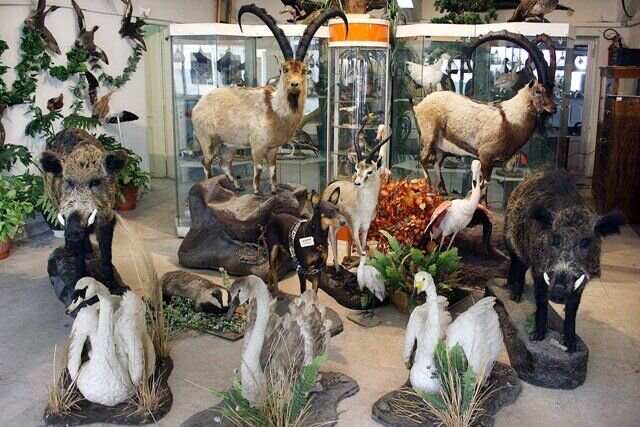Biodiversity museum to offer free admission tomorrow

TEHRAN – On March 3, which marks World Wildlife Day, the entry will be free to the biodiversity museum of Tehran located in the Department of Environment (DOE).
In the museum of the natural history of Iran, out of about 90,000 identified specimens in the world, there are more than 5,000 species of animals, plants, ancient and museums, while entry is not open to the public.
The museum includes several sections, including a genetic bank that includes samples of genes from Iranian and foreign species for study, an herbarium collection, an animal taxidermy collection, and a geological museum.
There are the world’s eight top specimens in the museum that are unique and there is no second specimen of them, including urials, hartebeest, dik-dik (the world's smallest antelopes), and Persian fallow deer.
Five ecoregions, rich biodiversity
Each region is defined by its characteristics that play a significant role in a land's biodiversity and richness, based on which, Iran shares five ecological zones with specific flora from the lowest to the highest parts.
The great difference between the two latitudes of the north and south of the country and the existence of different plains, altitudes, and climates have given a very diverse view to the vast land so that a variety of vegetation and plant species are grown across it.
World Wildlife Day
On December 20, 2013, at its 68th session, the United Nations General Assembly (UNGA) proclaimed March 3 – the day of signature of the Convention on International Trade in Endangered Species of Wild Fauna and Flora (CITES) in 1973 – as UN World Wildlife Day to celebrate and raise awareness of the world’s wild animals and plants.
World Wildlife Day has now become the most important global annual event dedicated to wildlife, which will be celebrated in 2021 under the theme "Forests and Livelihoods: Sustaining People and Planet", as a way to highlight the central role of forests, forest species, and ecosystems services in sustaining the livelihoods of hundreds of millions of people globally, and particularly of Indigenous and local communities with historic ties to forested and forest-adjacent areas.
The forests of the Persian Gulf-Omani ecological region include part of the southwest and all southern coasts, covering 2,039,963 hectares. Due to ecological differences, the main vegetation is divided into two territories of the Persian Gulf and the Sea of Oman.
FB/MG
